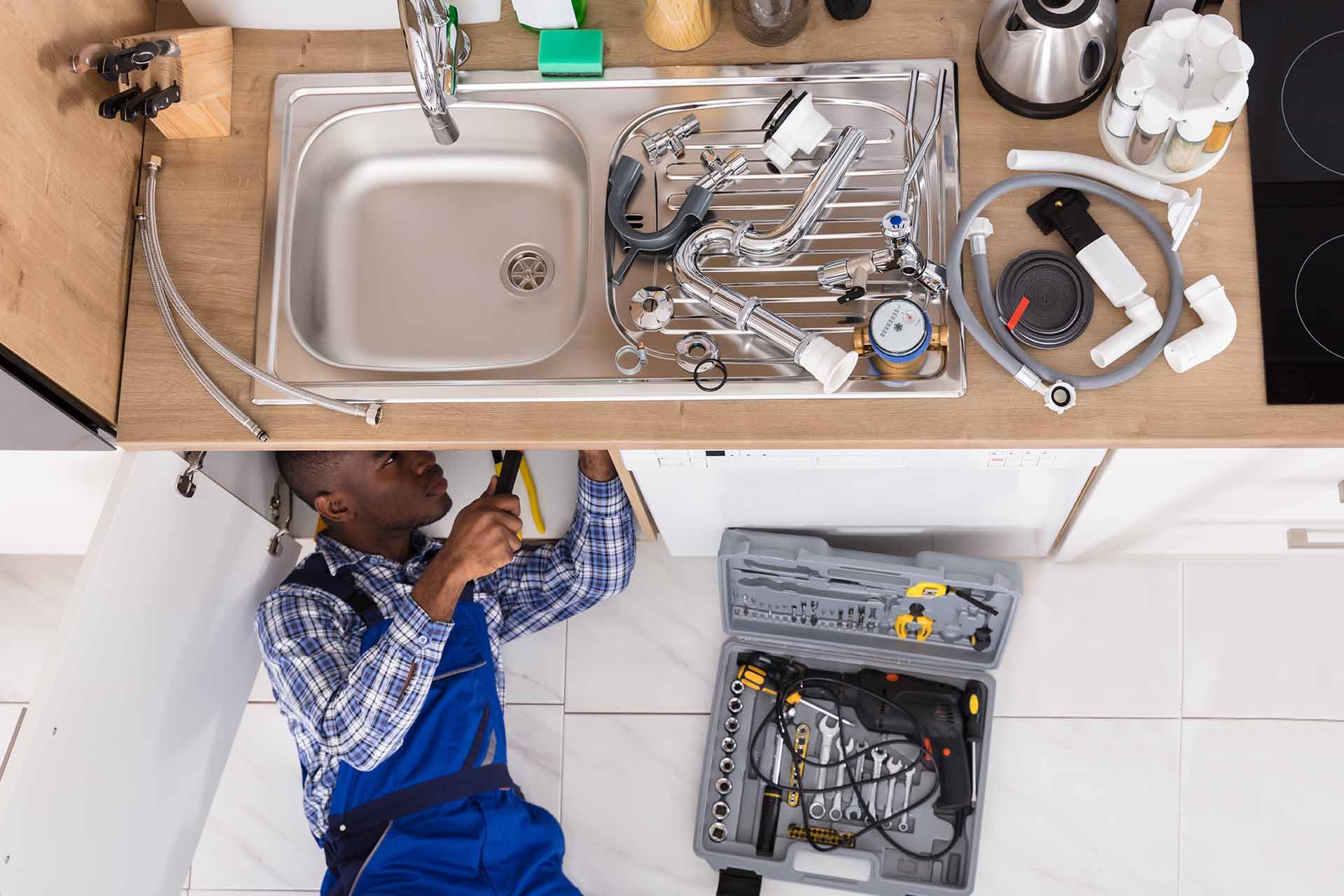A Detailed Overview to Reliable Hot Water Heater Installation for Ideal Efficiency
Beginning on the task of mounting a water heating system is a venture that requires precision and a methodical approach for achieving optimal efficiency. As you proceed, the complexities of attaching water supply lines and establishing up reliable electrical or gas links wait for, appealing understandings right into guaranteeing efficiency and reliability.
Picking the Right Hot Water Heater

Following, take into consideration the size and capacity of the hot water heater. It's vital to analyze your home's warm water requirements, which can vary based upon the number of owners and their use patterns. An unit that's too little might lead to insufficient warm water, while an extra-large design could result in unnecessary energy intake.
Effectiveness rankings likewise play a critical role in option. Try to find hot water heater with high Power Element (EF) rankings, showing premium performance and decreased energy use. Tankless versions, though usually much more expensive upfront, deal substantial power cost savings over time as a result of their on-demand heating capacities.
Preparing the Installation Area
Prior to installing a new water heating system, meticulous preparation of the installation location is important. It's critical to determine the room carefully to accommodate the water heating unit's measurements, ensuring ample clearance around the unit for efficient procedure and maintenance.
Check the flooring for security, as the water heating unit will certainly need a solid, level surface to run effectively. If necessary, mount a drip frying pan under the system to catch prospective leaks or spills, protecting against water damages to the surrounding area.
Furthermore, guarantee that all required tools and materials get on hand before beginning the installment. This consists of products such as wrenches, screwdrivers, a level, and any extra hardware required for protecting the heating system and mounting. A well-prepared setup location sets the foundation for an effective hot water heater configuration, optimizing performance and security.
Connecting Water Lines
When connecting supply of water lines to your recently mounted water heating unit, it is essential to guarantee that all links are leak-free and safe to preserve effective operation and prevent water damage. Begin by recognizing the cool and warm water lines. The cold water inlet is commonly noted with a blue tag or a "C", while the warm water electrical outlet is marked with a red tag or an "H".
Use versatile water heater connectors to assist in a simpler setup process. Before attaching the adapters, position a plumber's tape around the threaded ends of the water heating system's inlet and outlet pipelines.
When links are in place, gradually activate the major water supply shutoff. Examine each connection for leakages by visually feeling and checking for wetness. Tighten up connections as needed, and guarantee the stress relief valve is correctly mounted, safeguarding versus excessive stress accumulation.
Setting Up Electrical or Gas Links
Appropriately establishing up the electric or gas links for your water heating system is an essential step to see here now guarantee secure and reliable procedure. For electric water heating systems, begin by confirming that the electric circuit works with the heating system's voltage and amperage requirements. Make certain the power supply is switched off at the circuit breaker to stop accidents. Link the electrical cables to the heater complying with the maker's electrical wiring layout. Typically, this includes attaching the ground cable to the eco-friendly terminal, and the remaining cords to their matching terminals, securing each with cord nuts.
For gas water heaters, safety and security is critical. Attach the gas line to the water heater making use of an adaptable gas connector, guaranteeing it is effectively threaded and secured with pipe joint substance or Teflon tape suitable for gas connections.
When links are made, evaluate for any type of prospective leakages. For gas lines, use a soapy water option to the joints; bubbles show a leak. For electric connections, ascertain that all electrical wiring is protected and correctly shielded, preserving compliance with neighborhood electrical codes.
Evaluating and Adjusting for Efficiency
With the electrical and gas links safely in place, the following action is reviewing the operational effectiveness of your water heater. Begin by thoroughly turning on the water supply and ensuring there are no leakages at any of the joints or valves.
Following, carry out a detailed evaluation to make sure the burner or gas heaters are working appropriately. For electrical heating units, utilize a multimeter to verify if the aspects are drawing the appropriate existing. In gas models, observe the burner flame; it ought to be steady and blue, indicating efficient combustion.
Adjust the settings as needed to get rid of inefficiencies. Take into consideration implementing insulation steps, such as adding a hot water heater covering, to further improve performance by decreasing heat loss. In addition, check helpful hints the anode pole's problem, as a worn-out rod can lower effectiveness and cause storage tank corrosion.
Conclusion
Effective water heating system installation is critical for making sure ideal efficiency and power savings. By picking the suitable type and dimension, and meticulously preparing the installment area, a structure for success is developed. Firmly attaching water supply lines and meticulously setting up electrical or gas connections minimize prospective concerns. Detailed testing for leakages and specific thermostat changes to 120 ° F enhance dependability and efficiency. Adhering to these actions advertises long-term performance and power preservation in household water home heating systems.

Effectively establishing up the electric or gas links for your water heating unit is a vital step to guarantee risk-free and effective operation. For electric water heating systems, start by confirming that the electric circuit is suitable with the heating unit's voltage and amperage demands. Link the gas line to the water heating system utilizing an adaptable gas port, ensuring it is properly threaded and sealed with pipeline joint compound or Teflon tape appropriate for gas connections.